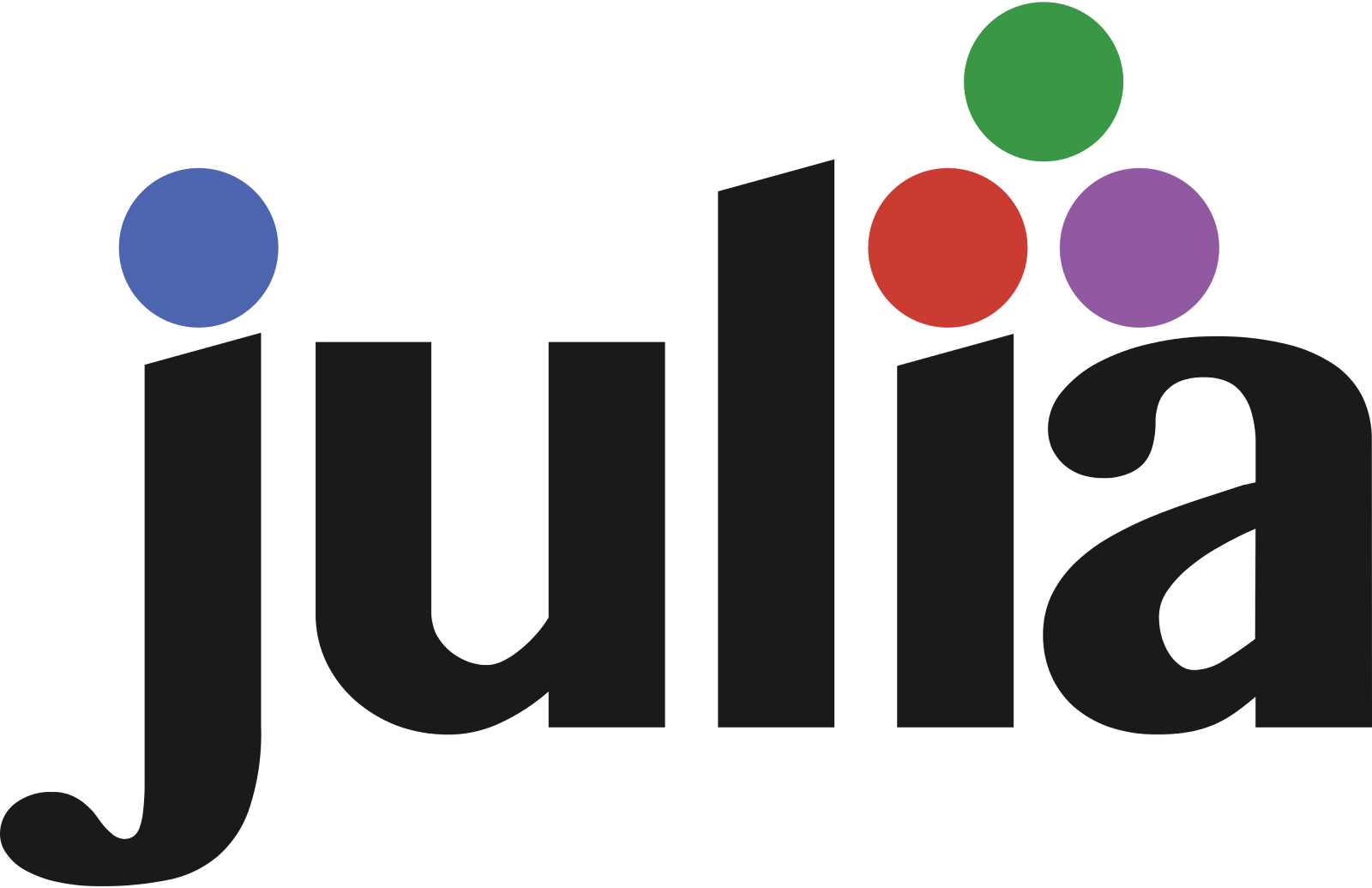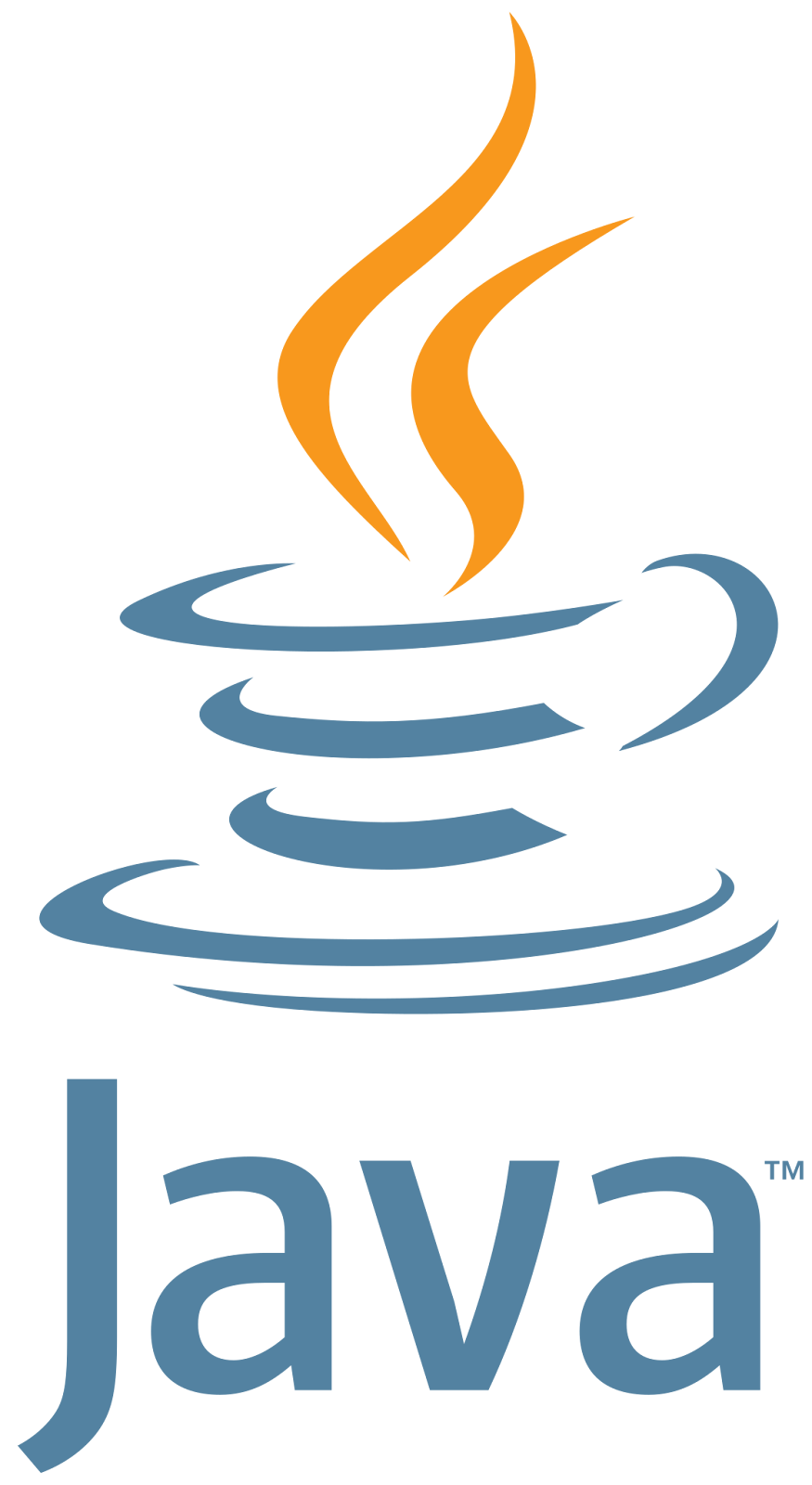What is the best programming language for AI development in 2023? Discover the answer in this detailed and informative article.
Artificial intelligence (AI) is one of the most exciting and rapidly evolving fields of computer science. Nowadays, AI applications include natural language processing, computer vision, machine learning, data analysis, robotics, and more.
However, to develop these applications, you need to choose the right programming language that suits your needs and preferences. In this article, we will explore some of the best programming languages for AI development as well as their advantages and disadvantages.

Python has become the top programming language in 2023 for AI development due to its simple and elegant syntax, making code writing and reading effortless.
As an interpreted language, Python permits rapid prototyping and testing of AI applications. It supports multiple programming styles, including imperative, functional, object-oriented, and procedural. Therefore, you can choose a style best suited to your needs.
Python also has a large and active community of developers and researchers who contribute to improving and innovating AI tools and techniques. For this reason, it is not surprising that Python has a rich set of libraries and frameworks that support various AI tasks, like NumPy, SciPy, Pandas, Scikit-learn, TensorFlow, PyTorch, Keras, NLTK, SpaCy, and OpenCV.
However, it also has some drawbacks worth considering. Python is a single-threaded language that does not support parallel processing natively. Therefore, AI applications requiring high computational power may not perform as well as they could with languages that support parallel processing.
In addition, Python is slower than languages like C++. This is due to its high-level abstraction and interpretation overhead. Despite these drawbacks, Python remains popular for its simplicity, readability, and versatility.

R is a popular programming language for machine learning, particularly for statistical analysis and data manipulation. It is domain-specific and designed by statisticians and data scientists for this purpose. With built-in functions and operators, it is intuitive and easy to use for data exploration and manipulation.
Moreover, R has a vast collection of packages and libraries that support various AI tasks, like data visualization, machine learning, deep learning, and natural language processing. The most notable packages are Tidyverse, ggplot2, dplyr, tidyr, caret, mlr, kerasR, tensorflowR, tidytext, and quanteda.
Finally, R provides excellent graphical capabilities. Therefore, you can create high-quality plots and charts to visualize data and results better.
However, R is not a general-purpose language that can handle other aspects of AI development, like user interface design, web development, and database management. For this reason, you may need to use other languages to complement R for these tasks.
Julia

Julia is a relatively new and high-performance programming language created in 2012 by a group of researchers from MIT. It aims to combine the best features of other languages:
- the simplicity and productivity of Python and R
- the speed and performance of C++
- the mathematical notation of MATLAB and Mathematica
Julia is an expressive language that allows you to write concise and readable code using mathematical symbols and operators. Additionally, it supports Unicode characters, which can be used to represent variables or functions. The language is parallel and distributed. Therefore, it can leverage multiple cores or machines to execute code in parallel, improving AI applications’ scalability and performance.
Finally, Julia has a friendly community of developers and researchers who contribute to developing and promoting Julia and its ecosystem.
However, the language is still evolving and maturing. It may have some bugs, inconsistencies, or breaking changes that can affect the stability and reliability of your applications. In addition, Julia has less documentation, support, and resources to learn and use Julia effectively.
Java

Java is one of the oldest and most widely used programming languages for AI development. It was created in 1995 by Sun Microsystems as an object-oriented, platform-independent language. With its strong typing, exception handling, garbage collection, and concurrency features, Java ensures AI applications’ security, reliability, and efficiency. You can use it for programming AI on a large scale with high performance and availability.
Java supports a variety of architectures, including multithreading, distributed computing, cloud computing, and microservices. All of which can improve the speed and performance of your apps.
Java is also an enterprise-friendly language with a long history of being used for various business and industrial applications. Therefore, many tools and standards are available to facilitate the development, testing, deployment, and maintenance of AI applications in an enterprise setting.
Finally, it has a huge and loyal community of developers and enterprises who use and maintain Java for various purposes and applications.
Nonetheless, Java is a verbose and complex language that may reduce the productivity and readability of code and increase the difficulty and learning curve.
C++

C++ is another old and widely used programming language for AI development. It was created in 1985 by Bjarne Stroustrup as an extension of C with object-oriented features. Thanks to its low-level access to hardware resources and memory management, it boasts fast performance and efficiency. In addition, it supports multiple paradigms, such as procedural, object-oriented, generic, functional, and metaprogramming.
C++ is known for being flexible, allowing programmers to choose the level of abstraction and control they want over their code. It also has many best practices and standards that facilitate developing, testing, deploying, and maintaining AI applications in an industry setting.
Nonetheless, C++ can be challenging to learn due to its complex nature and requirement to understand low-level details and concepts, like pointers, memory allocation, data structures, and algorithms. Additionally, C++ can be verbose and require more code than necessary to accomplish simple tasks, decreasing productivity and readability.
JavaScript

JavaScript is a modern and widely used programming language for AI development, especially for web-based applications. It was created in 1995 by Brendan Eich to function as a scripting language for web browsers.
JavaScript is a versatile language that can be utilized on both the client and server sides of web applications, as well as on other platforms, including mobile phones and smart TVs, through its runtime environments like Node.js or Electron.
JavaScript boasts an extensive and dynamic range of libraries and frameworks that support various AI tasks, like TensorFlow.js, Brain.js, Synaptic.js, ml5.js, Natural.js, and Compromise.js. Additionally, it has a large and active community that uses and improves the language for diverse applications.
However, it has some downsides you should consider. JavaScript is a slower language on this list. It relies on its runtime environments or engines to optimize its speed and performance. Additionally, it is not a native language for AI development with direct access to hardware resources or low-level operations. As a result, it may pose certain limitations or challenges in handling complex or computationally intensive AI tasks.
Lisp

Lisp is an influential programming language that has been around for more than six decades. Still, it remains an essential tool for AI development. In 1958, John McCarthy created Lisp as a mathematical notation for computer programs. It is a unique language that uses nested parentheses to represent both data and code, making it quite elegant.
One of its advantages is that it is an expressive language that enables you to write clear and concise code using its built-in features, like recursion, lambda expressions, and macros. In addition, Lisp supports multiple paradigms, including functional, imperative, object-oriented, and logic programming. As a result, it is a very versatile language.
Another advantage of Lisp is its symbolic nature. Therefore, it is ideal for handling complex AI tasks like knowledge representation, reasoning, and symbolic computation. Lisp was initially designed for AI research and development, and its symbolic nature has made it a go-to language in the field.
However, Lisp has its downsides. It is not a popular language widely used or adopted by the mainstream industry. As a result, fewer resources and less documentation are available for it. Additionally, Lisp is not a conventional language that follows the syntax or conventions of others. This can make it challenging for programmers unfamiliar with Lisp’s syntax to learn and use it effectively.
Conclusion: The Best Programming Languages for AI Development
In short, there is no definitive answer to which programming language for AI development is the best. Each has its own strengths and weaknesses as well as features and limitations. The choice depends on various factors:
- the AI task’s type and complexity
- the availability and quality of the libraries and frameworks
- the performance and scalability of the AI application
- your preference and experience
- and many more
Therefore, you should evaluate and compare different programming languages based on your needs and goals, then choose the one that suits you best.





















